|
Foxes are one of my favorite animals. If you don't raise chickens, and don't mind an occasional roadkill being left in your yard, they are kinda fun to have around. They do NOT make good pets, and are a significant carrier of rabies, but watched from a distance, they can be a lot of fun. This time of year, the foxes have kits. In urban settings, they can often be seen as a whole family playing in a yard. Unfortunately, there are times that they must be relocated. The adults are notoriously difficult to lure into a live trap, but there are ways to move them out of your area. Predator Impact will often trap and relocate the kits to a rural area and then treat the area with the scent of a large coyote, the fox's mortal enemy. The kits at this stage are able to fend for themselves and we release them in a protected area where they have the best chance of surviving.
Once the mother (vixen) smells the presence of the coyote, she will gather up any remaining babies and move them to another location where there is less "threat" of coyotes. If you have foxes in your yard and don't have chickens, pigeons, or other small livestock, enjoy watching them grow up. If they need to be relocated, Predator Impact is here to help! Predator Impact, LLC (918) 397-4091
0 Comments
One of my favorite sounds of spring is the sound of woodpeckers drumming on dead trees. They drum to attract a mate, to locate insects in the dead tree, and to excavate a hole for a nesting cavity. Unfortunately, occasionally the "tree" they choose is the siding on your home! If they are just drumming to attract a mate, it can be annoying, especially if you have metal siding, but the damage is fairly minor. If, however, they are excavating a nest cavity, they can do significant damage to your siding. Woodpeckers present a special problem for wildlife management. The are Federally protected and it is a crime to touch them, or their eggs or young. Therefore, the first thing we have to do is inspect the inside of the nest with a snake camera to make sure that there aren't any eggs or young. If there are, it's hands off until the young have flown! If the nest is empty, the next step is to fill the cavity with a special expanding foam that has a chemical irritant in it that deters animals from coming back. Then a metal plate is installed that is color matched to the house, and prevents the woodpeckers from doing more damage in that immediate area. The metal plate is held in place with a professional construction grade adhesive and screwed into place. A wind blown reflective frightening device is placed in front of the hole after it is repaired. It frightens the woodpeckers and prevents them from creating another hole in the immediate area. Something about the reflective surface moving in the wind frightens the woodpeckers and convinces them to look elsewhere for a nesting site. In general, I don't like woodpecker jobs. I like to be able to assure the customer that the problem is solved once and for all. With woodpeckers, all I can guarantee is that they will not reenter at the same location and that they will create another cavity somewhere. Hopefully they will choose a dead tree where they don't cause any damage and we can all listen to them drumming, and enjoy the sound. So far, we are 100% successful at eliminating woodpecker problems. Here's to keeping it that way! If you have a problem with woodpeckers, call Predator Impact at (918) 397-4091 for a free, no obligation inspection and to discuss options to resolve your woodpecker issues! Mark Runnels Predator Impact, LLC (918) 397-4091 Had a customer with a squirrel in the attic. OK.,,,not that unusual. We get lots of squirrel in the attic calls, but this one was a little unusual. The squirrel had torn open the screen on one of the cable vents to get into the attic to make a nest. Again, nothing really unusual about squirrels tearing open the screens, even if this was three stories up! What was unusual was what was directly under the vent. Below the vent was a dense pile of grass and insulation. Remember, this is three stories in the air! Having seen similar nests before, I assumed that this was the work of European Starlings (Sturnus vulgaris), and sure enough, we witnessed one coming and going though the vent. They had made the nest and lined it with insulation, but there were not any eggs yet. We trapped the squirrel and released it on the wildlife preserve, and made sure the starling(s) were out of the building before starting exclusion. The old rusty screen wire that the squirrels had torn though was replaced with high quality black stainless steel screen wire, and a panel of heavy duty expanded metal fitted over the screen. If squirrels or starlings make it back into this attic, I am not sure where they will get in, but I can guarantee to won't go through this vent! These iridescent speckled birds are not well loved in the US, but are very highly thought of in parts of Europe. In the 1890s, a book club in New York noted that Central Park had all of the birds mentioned in Shakespeare's plays except starlings. They imported 100 starlings from Europe and the estimated 200+ million starlings currently in North America are all descended from those imported birds. Starlings are strong fliers that can reach speeds of up to 48 mph. Starlings are vocal mimics. They can learn the songs and sounds of a dozen or more different common birds. The oldest recorded starling was banded in Tennessee in 1958 and died in the same state just over 15 years later in 1972. Starlings are cavity nesters. If they nest in a woodpecker hole, or similar size cavity, the just build a simple nest. Bit if they choose a larger cavity, they try their best to fill it completely with dry grass, twigs, papers craps, etc. Here is a much bigger nest, also in an attic. I suppose that, given enough time, the starling's goal may be to fill the entire cavity (attic)!
We had a project with a local hospital a couple of years ago where the starlings had build a nest that occupied a hollow section of wall that was about four feet square, and reached from the third floor to the fourth floor. That nest was huge and we hauled approximately 10 trash bags of dry grass out of that wall. If you have a problem with starlings, or other nuisance birds, please contact Predator Impact. There is never a fee for initial consultations or inspections. Predator Impact, LLC Mark Runnels (918) 397-4091 The phones are ringing off the hook! Momma squirrels are ready to have pups and they are looking for a nice safe place to have and raise them. All too often that safe place is your attic. Once they make a way in, they will tear up insulation to make a nest, chew through electrical wires and generally make a mess of things. At the top of the list of things NOT to do... don't block the hole once she has made it in. Don't cover the hole, and don't put up a one way door. Nothing will keep momma squirrel from getting back to he nest. In the pictures below, you will see a hole that the homeowner covered with black tape and then nailed a metal plate over the hole. The squirrel simply chewed another hole right next to the first one. (Note: The metal plate is off in this picture, but you can see it in some of the later ones.) The correct approach is to block all the holes but one and then place a specially designed live trap over the entrance. When the squirrel comes out the opening, it is safely caught in the live trap. In this case, the squirrel had not had her babies yet, so we relocated her to the woods with plenty of time to make a new nest to raise them in. Squirrels in your attic? Call Predator Impact. We will be happy to come to your home and discuss options. There is never any cost or obligation for consultations. We look forward to hearing from you! Predator Impact, LLC Mark Runnels (918) 397-4091 Many of you will notice an uptick in animal activity. It is breeding season for skunks, squirrels, and a host of other animals. The males are wandering far outside their normal territories looking for partners, females are starting to search for comfortable den sites.
If you suddenly have unwelcome houseguests, contact Predator Impact. We can quickly and easily find them a new home! Predator Impact. LLC Mark Runnels (918) 397-4091  Few creatures are hated by homeowners and agriculturists as much as moles and gophers. Their underground excavations create mounds of excess dirt that has to go somewhere, so they push it out of the burrow and make unsightly mounds in the middle of the lawn or landscaping. Moles and gophers are often lumped together, but in reality, they are very different animals. Other than they both dig in the yard or garden where we don't want them to, they really have very little in common. GophersThere are 13 species of gophers in the US, but the one most commonly found in Oklahoma is the Plains Pocket Gopher (Geomys bursarius). There is, however, a localized population of Mexican Pocket Gophers (Cratogeomys castanops) found in the Oklahoma panhandle region. Gophers are strictly vegetarians. The eat the roots and young shoots of plants chewing them off at the surface from below. They can cause a lot of damage in a garden and are hated by gardeners. Gophers dig deep tunnels. The only evidence that they are present is the unsightly, crescent shaped mounds of dirt that push up out of their tunnels. Below the surface is a complex network of connected chambers, storerooms, and a drainage system that would be the envy of any engineer. Gophers also have another unique adaption in that their skin closes BEHIND their teeth. This allows them to chew through the dirt without getting dirt in their mouth!
There a seven species of moles in the US, but in Oklahoma, we only have the Eastern Mole, (Scalopus aquaticus) Moles are strictly carnivores. They dig long tunnels just below the surface in search of earthworms, grubs, etc. The do not damage the grass or plants by eating their roots as gophers do, but rather dislodge them while digging tunnels in search of food. On an average day, a mole will eat 60-90% of its own bodyweight in earthworms, grubs and insects. Moles create a nest under a sidewalk, tree, driveway, or other hard surface. They make deep tunnels that they use to move from place to place, especially from the nest to the feeding grounds. These tunnels are 6-12" deep and usually run along a hard surface such as a retaining wall or sidewalk. These deep tunnels are used daily and may be used for years. However, once they get to their feeding grounds, they move up to just below the surface and create shallow tunnels. Rather than digging the dirt out of a feeding tunnel, they simply push the dirt upwards to create the classic "mole tunnel". Shallow mole runs may be used once and never used again, or if the hunting is good, may be reused several times as long as they are finding food.
|
AuthorMark Runnels is a professional engineer and owner of Predator Impact, LLC. Archives
May 2024
Categories |










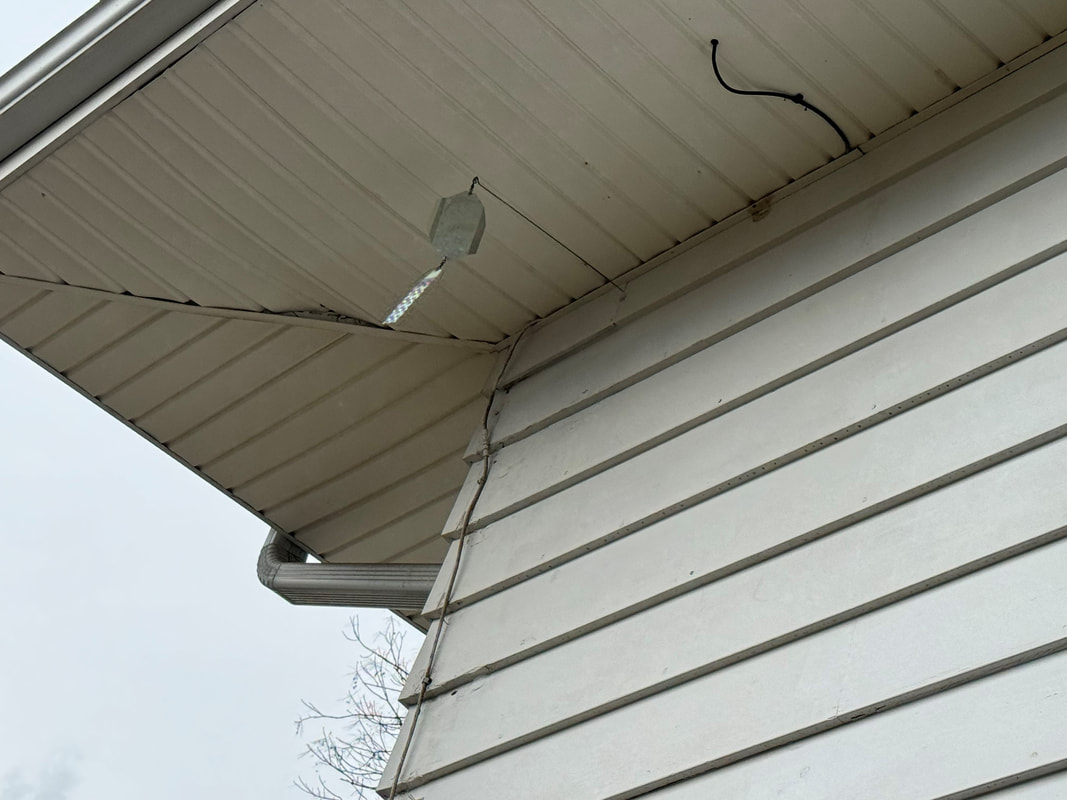






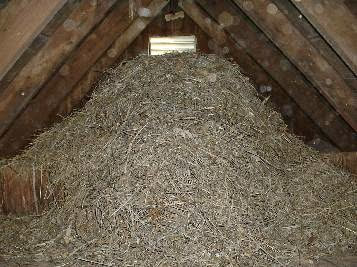

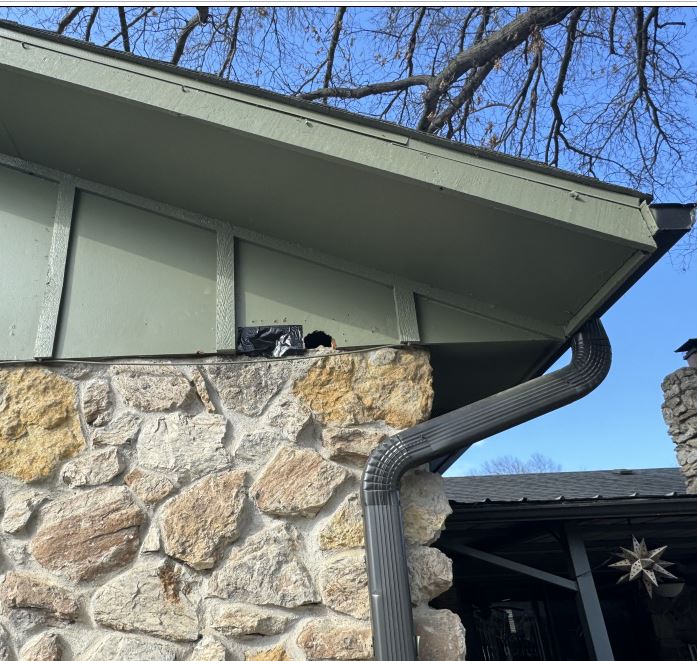
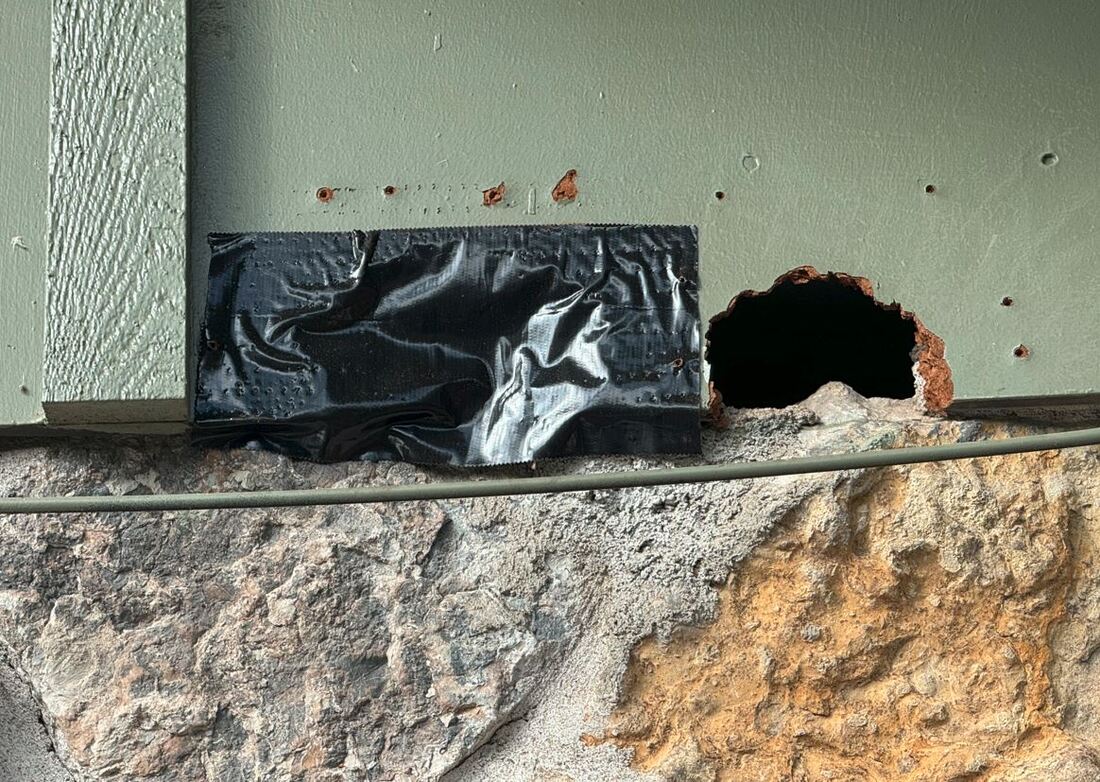

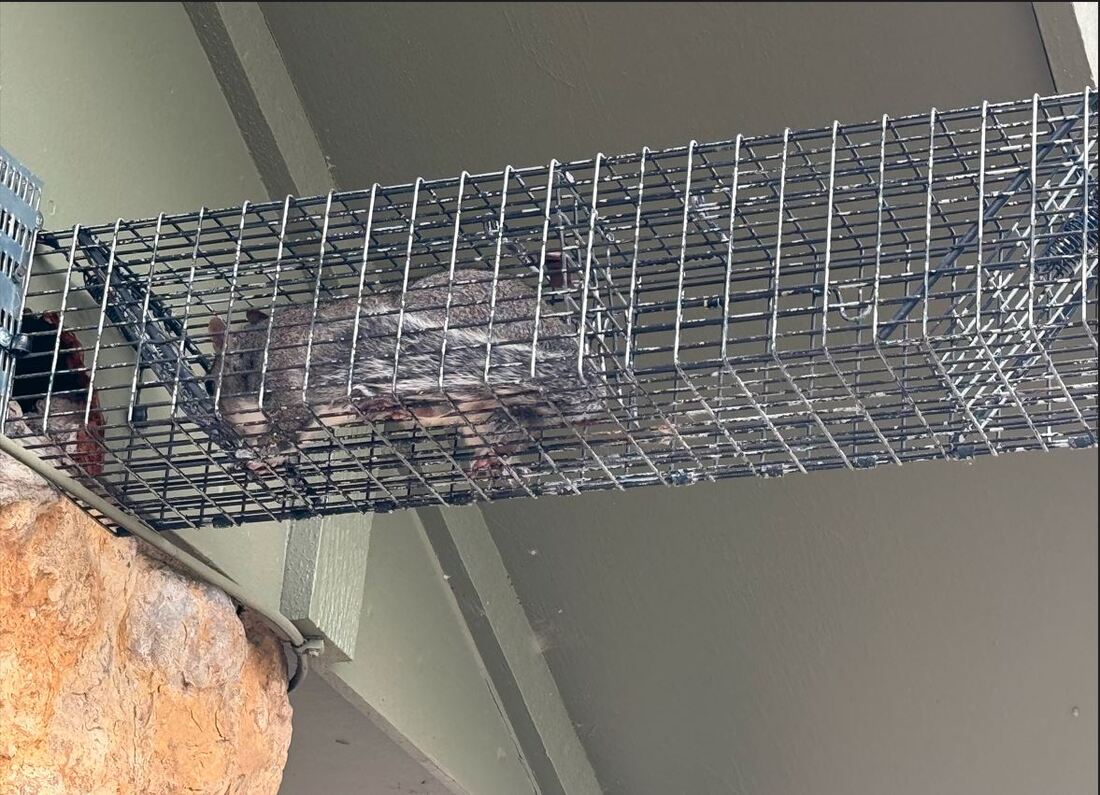





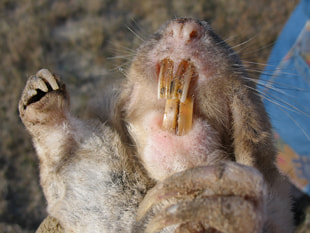


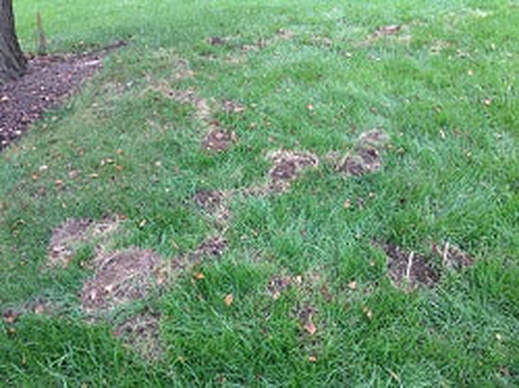


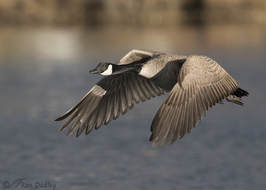



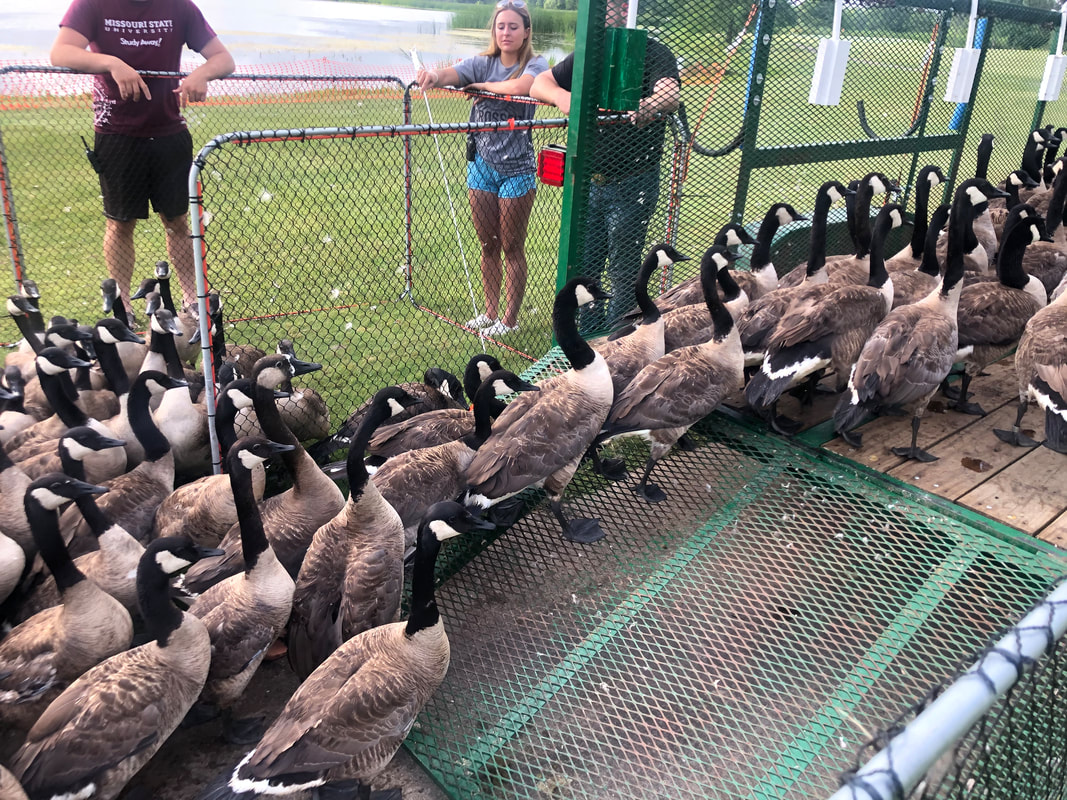

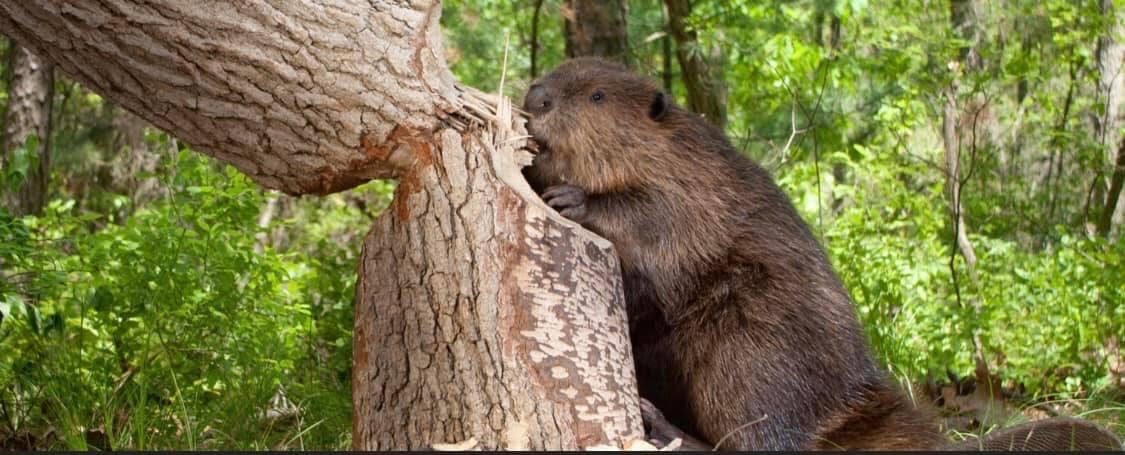





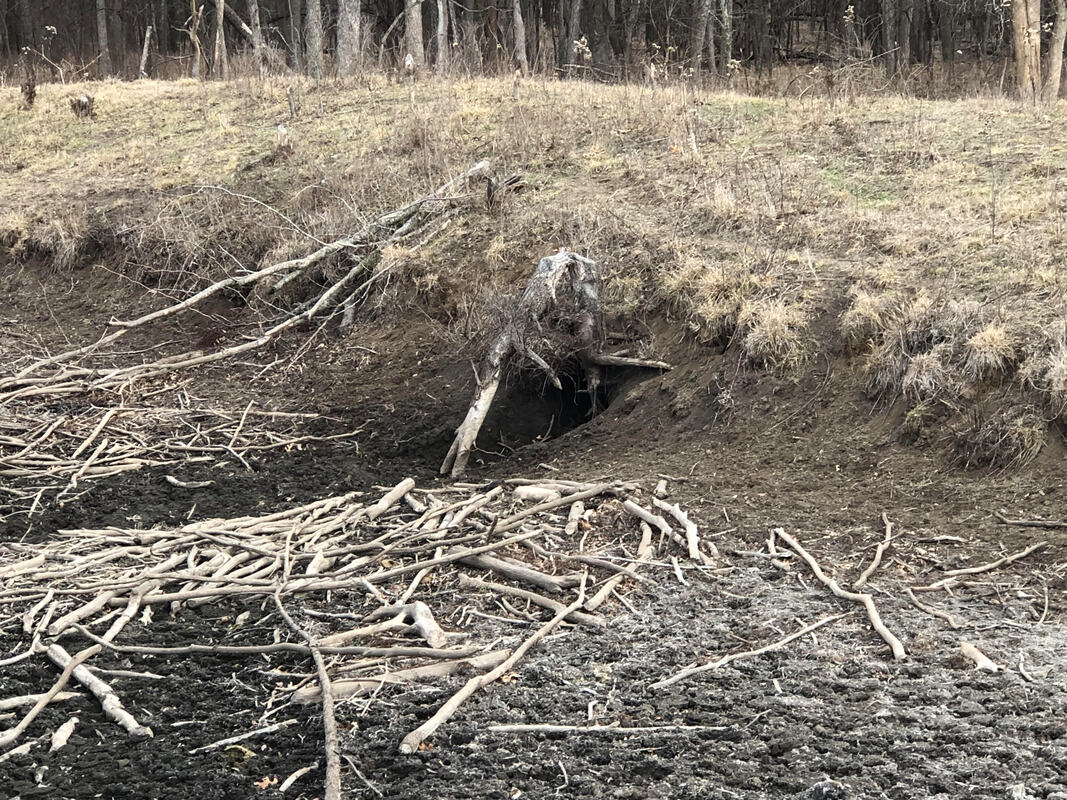






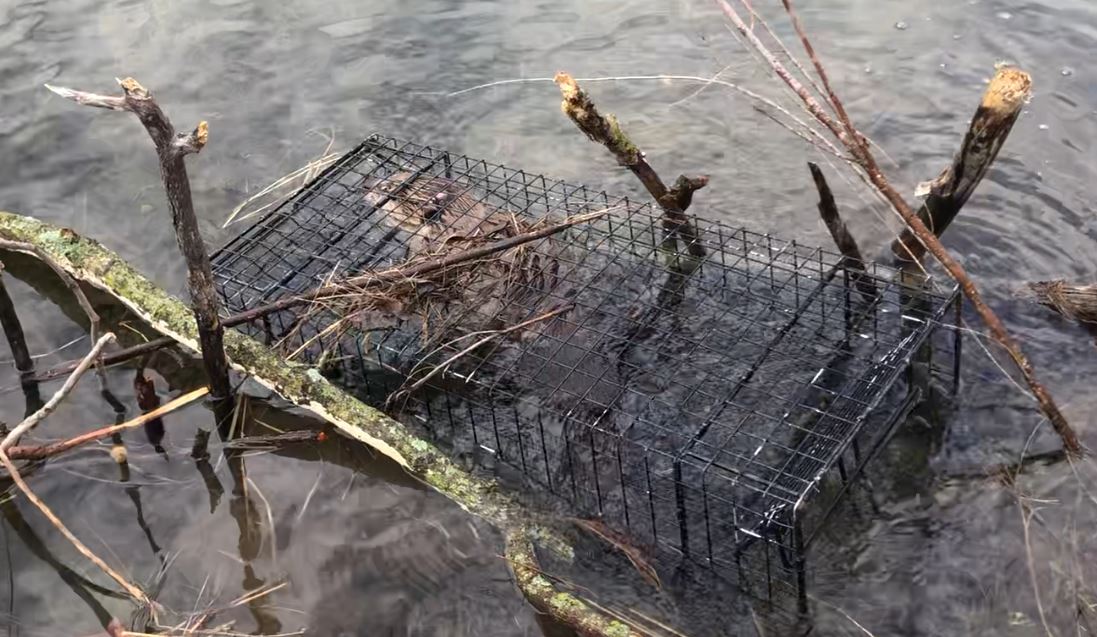


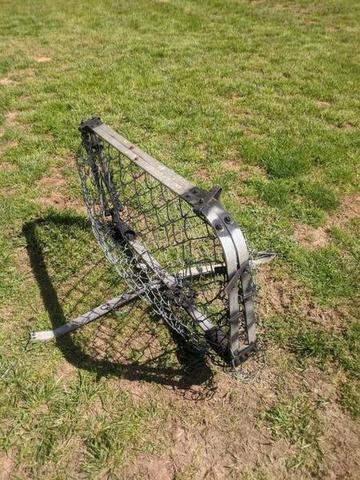

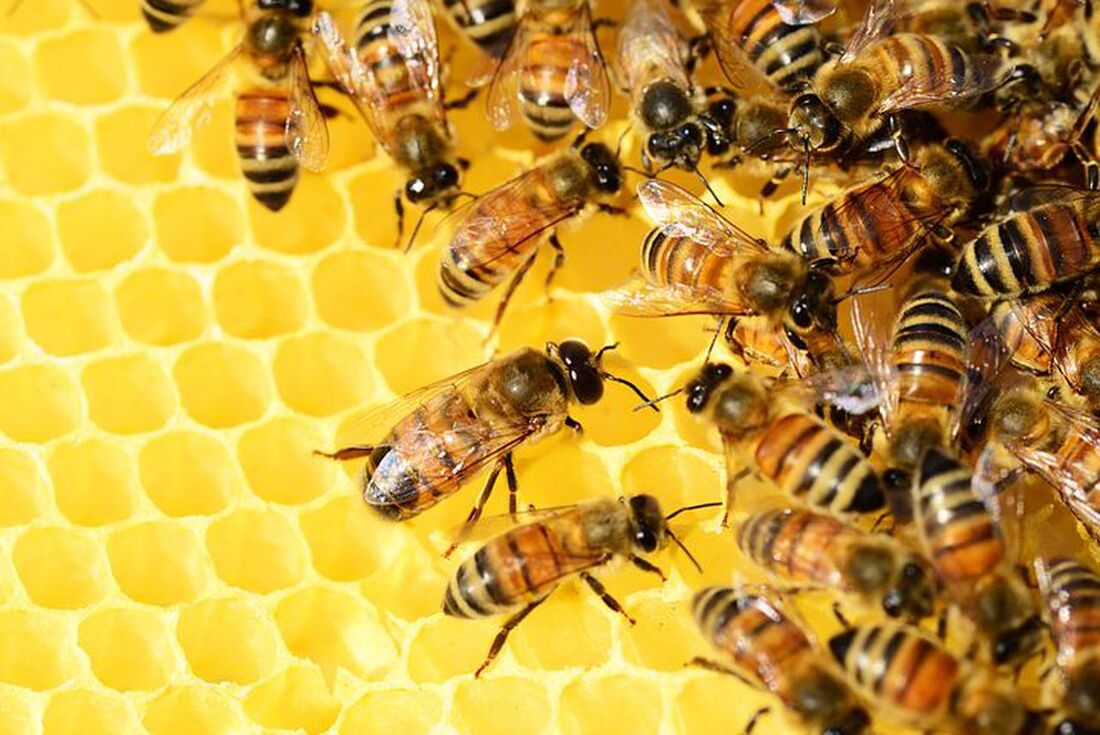
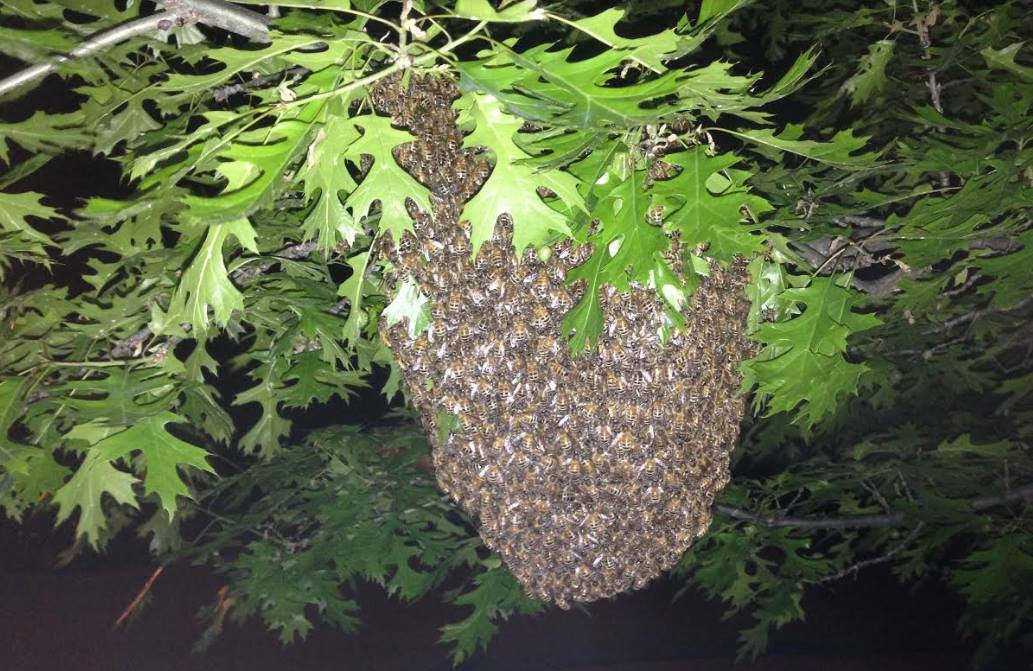






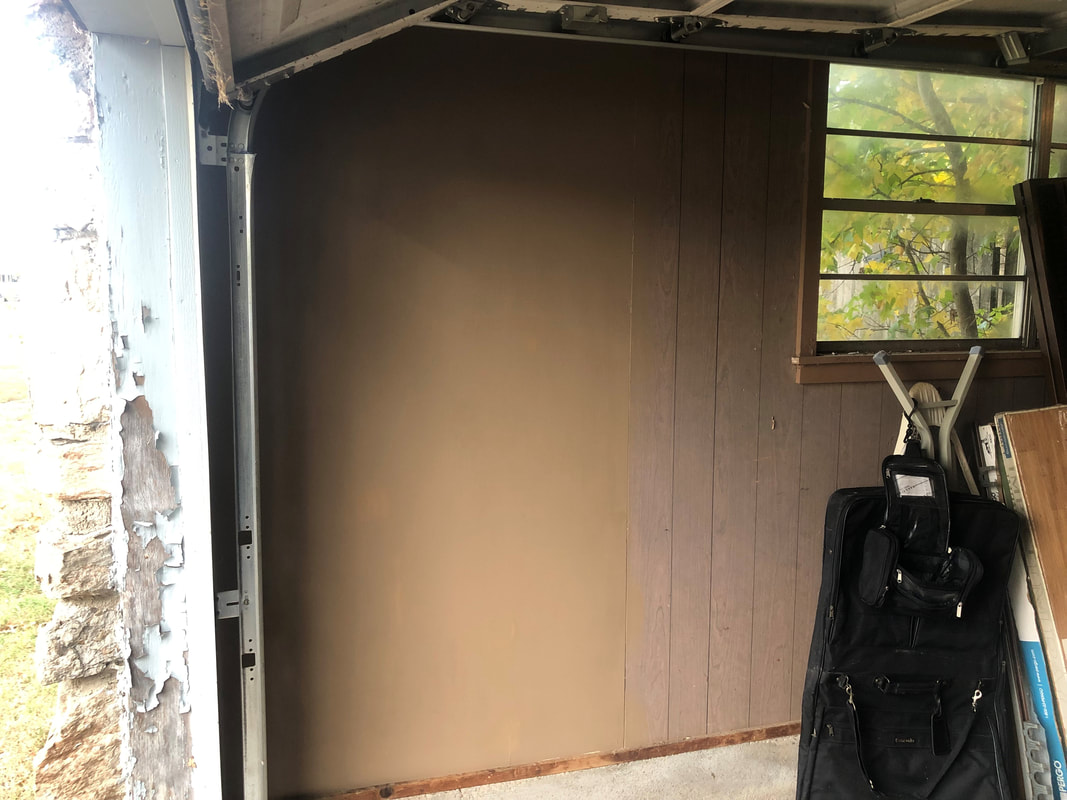
 RSS Feed
RSS Feed